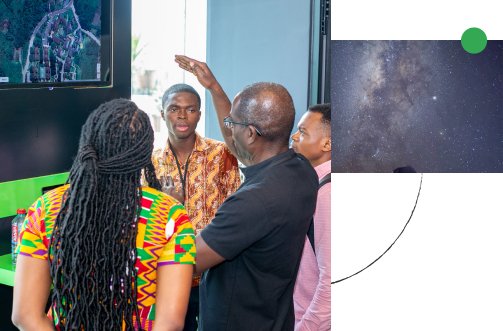Machine Intelligence
Google is at the forefront of innovation in Machine Intelligence, with active research exploring virtually all aspects of machine learning, including deep learning and more classical algorithms. Exploring theory as well as application, much of our work on language, speech, translation, visual processing, ranking and prediction relies on Machine Intelligence. In all of those tasks and many others, we gather large volumes of direct or indirect evidence of relationships of interest, applying learning algorithms to understand and generalize.
Machine Intelligence at Google raises deep scientific and engineering challenges, allowing us to contribute to the broader academic research community through technical talks and publications in major conferences and journals. Contrary to much of current theory and practice, the statistics of the data we observe shifts rapidly, the features of interest change as well, and the volume of data often requires enormous computation capacity. When learning systems are placed at the core of interactive services in a fast changing and sometimes adversarial environment, combinations of techniques including deep learning and statistical models need to be combined with ideas from control and game theory.
